Cats are fascinating creatures with many complex behaviors and motivations that are deeply ingrained in their nature. These normal behaviors are important to feline health and vital for cats who live indoors. In this blog post, the Burlington Veterinary Center team explores ways to create an indoor environment that encourages and celebrates natural cat behaviors. Take a walk on the wild, and wonderful, side with these fun tips.
Stimulate your cat mentally and physically stimulation with playtimes
From curious kittens to wizened senior cats, play is essential for their physical and emotional health. Cats are natural hunters, and playtime should mimic the hunting process and provide an outlet for their instincts to stalk, chase, pounce, and “kill” their prey. For their greatest pleasure, moving toys that simulate prey (e.g., feather wands, laser pointers, or toy mice) will engage your cat’s curiosity and agility. Play sharpens not only your cat’s reflexes but also their mind, which can help prevent boredom, a common contributor to feline stress.
Create vertical spaces for your cat to climb and perch
In the wild, cats often climb trees or other high perches to survey their surroundings. Vertical spaces in your home, such as cat trees, shelves, or window perches, can encourage this natural cat behavior—and may also protect your furniture. Elevated areas can also serve as safe havens where your cat can retreat when they need a break from the hustle and bustle of household activities. Ensure all vertical spaces, perches, and ledges include nonslip surfaces to prevent injury.
Provide your cat with a designated scratching area
Scratching is a natural cat behavior for cats to maintain their claw health, stretch their bodies, and communicate with other cats. Unfortunately, without an appropriate scratching place, cats will express this behavior in the most undesirable locations.
Encourage appropriate scratching by providing a variety of scratching posts and pads made from different materials, such as sisal, cardboard, or carpet. Place these items in areas where your cat is already scratching, such as near their favorite sleeping spots, beside the litter box, or their preferred perch or window seat. If necessary, use a cat attractant such as Feliscratch to encourage appropriate scratching.
Stimulate your cat’s senses with exploration and hunting games
They don’t call cats curious for nothing. With a little creativity, indoor cats can still engage in exploratory and hunting behaviors. Activities can include:
- Hiding toys or treats around the house to create a scavenger hunt
- Using puzzle toys, such as a food-dispensing ball or a reach box, to encourage your cat to work for their food
These suggestions can help satisfy your natural cat behaviors and predatory instincts, and keep them entertained and mentally stimulated.
Use variety to spice up your cat’s daily routine
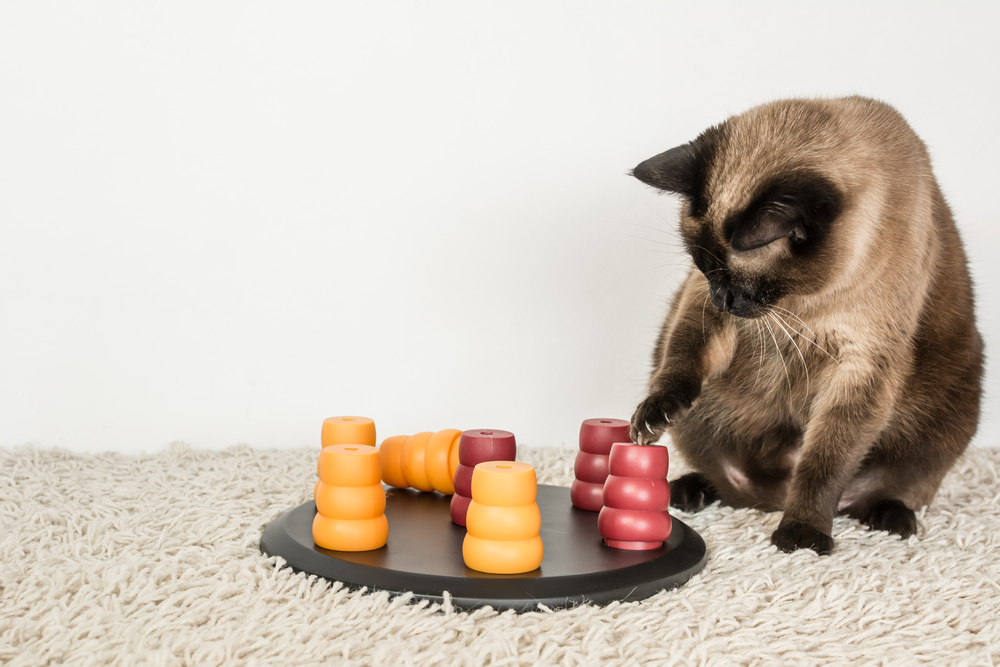
Indoor living is the best way to protect your cat’s health and welfare, but the environment can be predictable and boring. Keep your cat alert and engaged in their surroundings by simulating the novelty and unpredictability of the great outdoors. This includes:
- Rotating their toys
- Introducing new items (e.g., cardboard boxes, play tunnels or tents, cat-safe house plants)
- Regularly providing new challenges, such as hiding treats in a paper bag or cardboard roll
- Planting a cat-friendly herb garden that your cat can sample. Safe options include catnip, cat grass, rosemary, thyme, basil, and oregano.
Variety is intriguing for most cats but can be overwhelming for others. Let your cat’s natural curiosity guide your decisions. If your cat is nervous about new things, start with small novelty items and then slowly work up to large environmental changes. Avoid changing your cat’s key resources, such as diet, litter, bedding, and their locations, which can cause stress and anxiety.
Understanding and encouraging natural cat behavior is crucial for your indoor cat’s physical and mental well-being, but an environment and lifestyle that supports their natural instincts can help them lead a happy, fulfilling, and healthier life.
Recognizing the difference between normal and abnormal behavior is an important part of monitoring your cat’s health. If you notice any changes in your cat’s behavior or would like to further discuss how you can satisfy their natural cat instincts, contact the Burlington Veterinary Center team for guidance, support, and exceptional veterinary care.


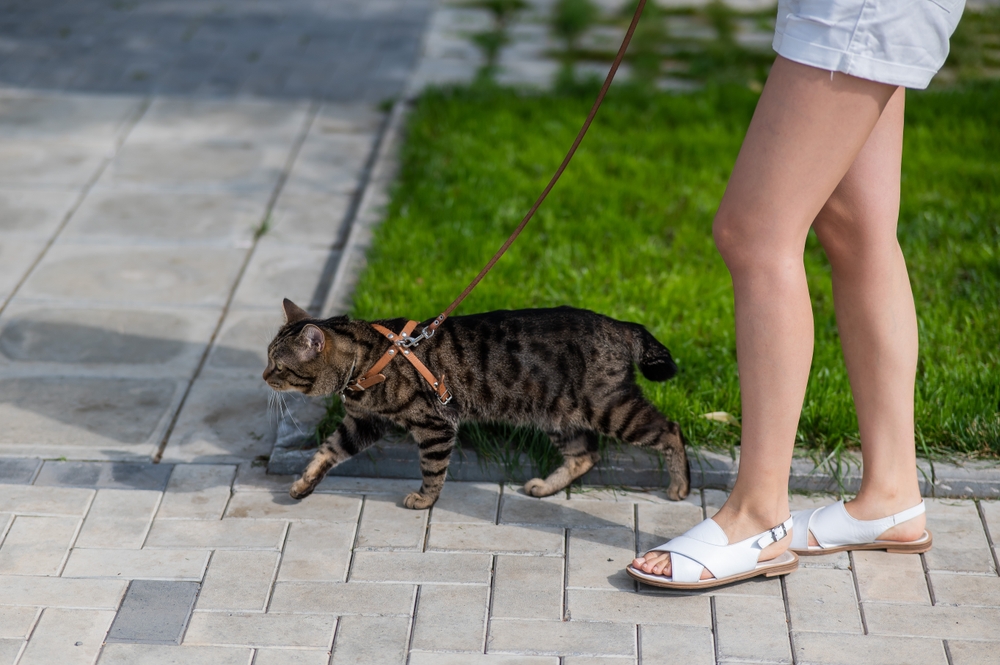
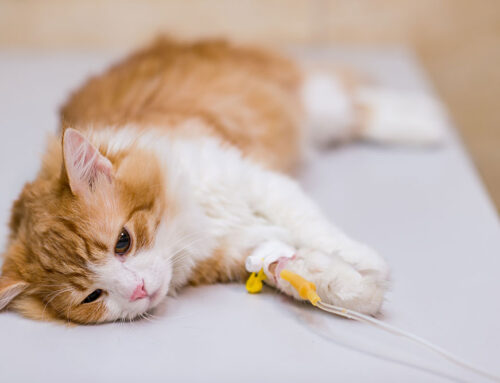
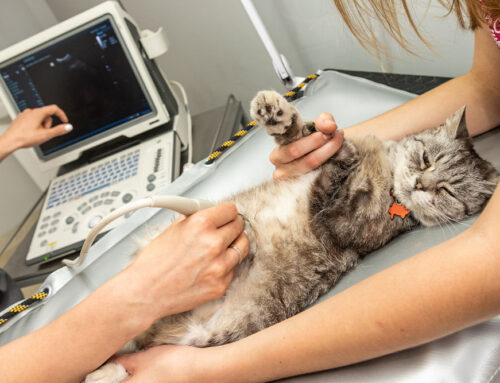

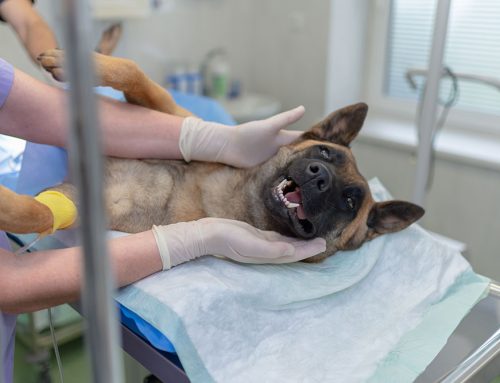
Leave A Comment